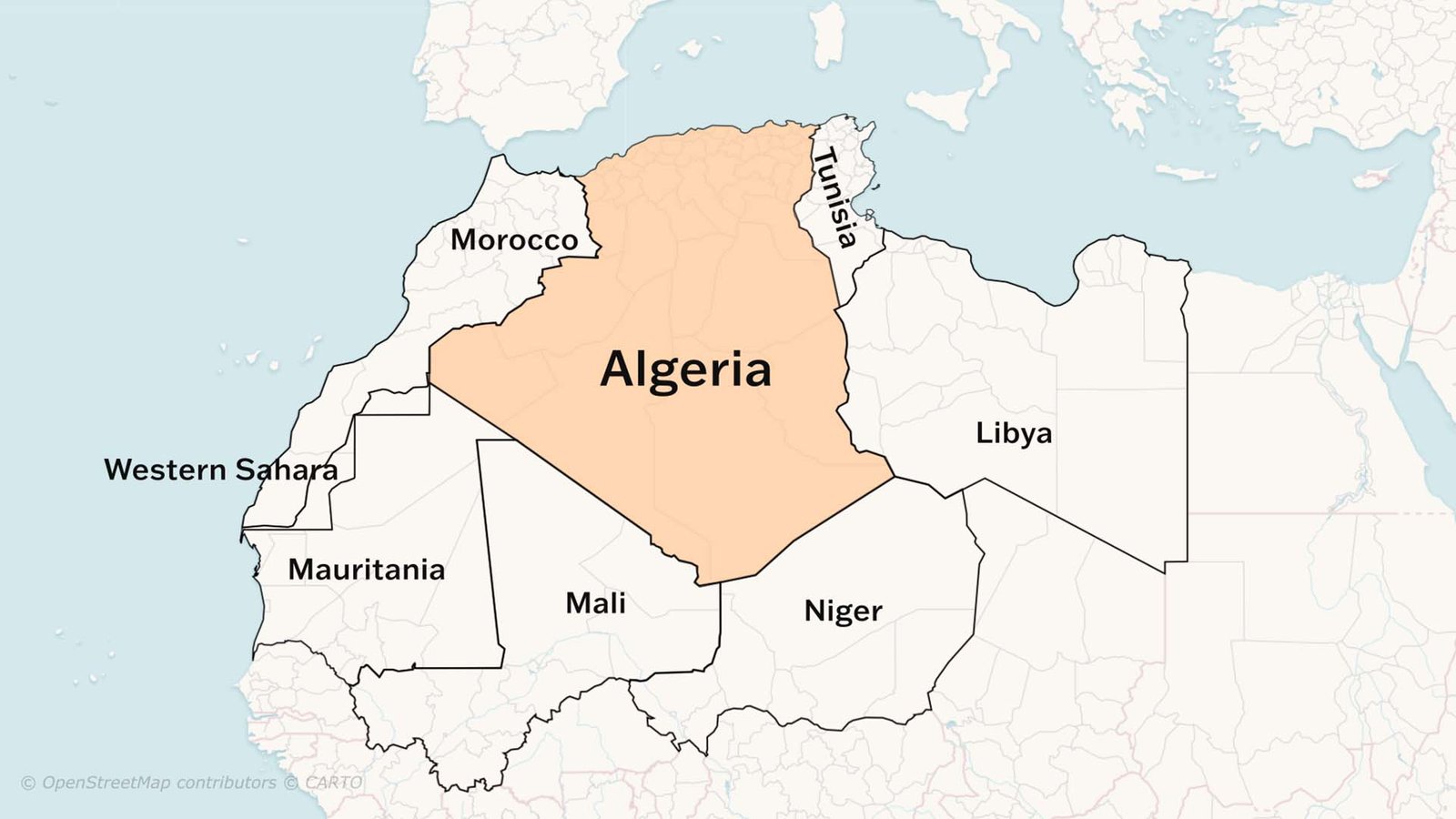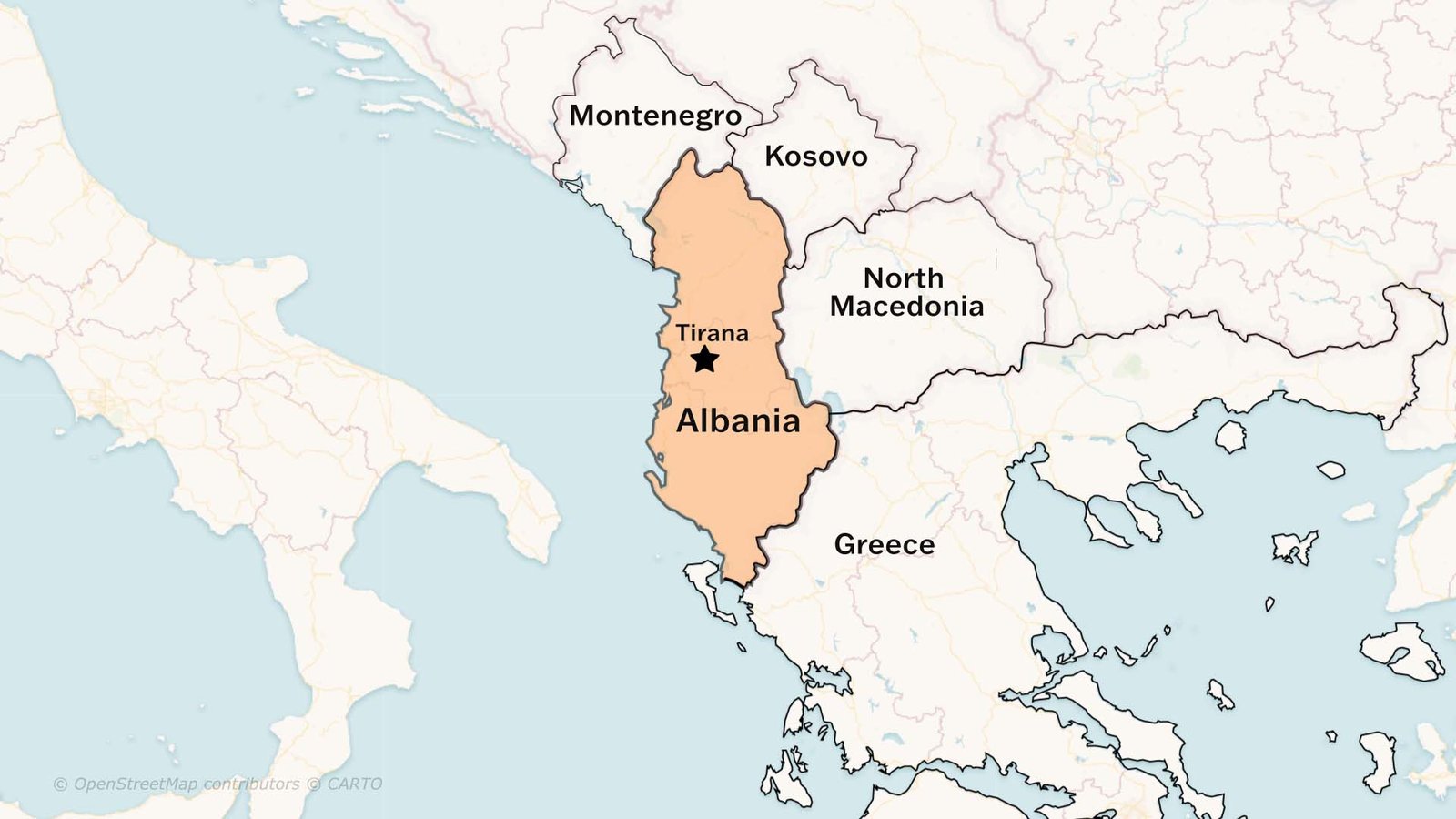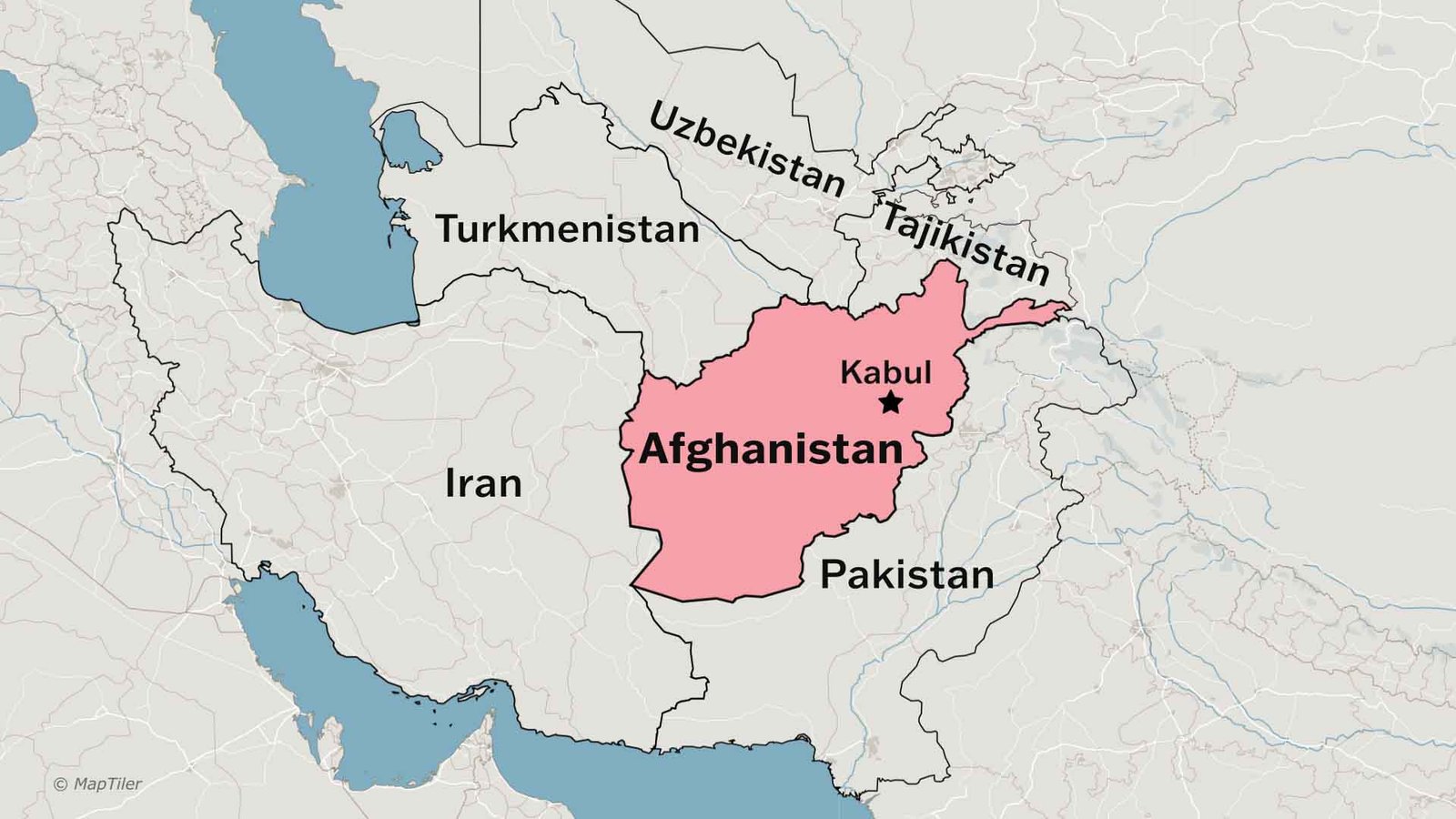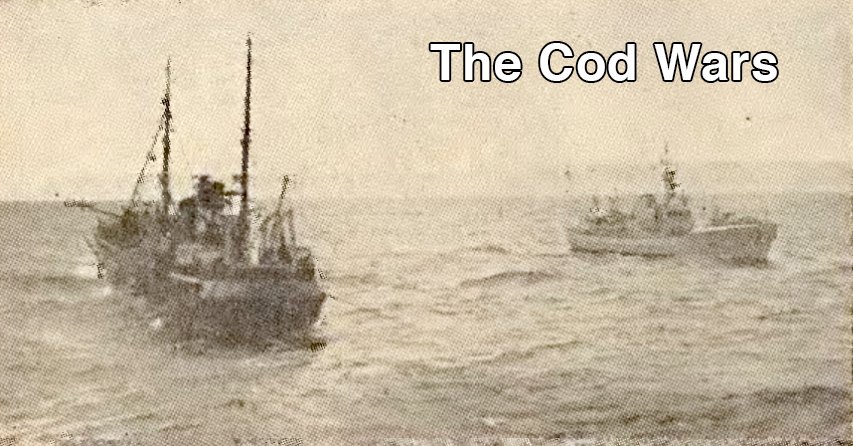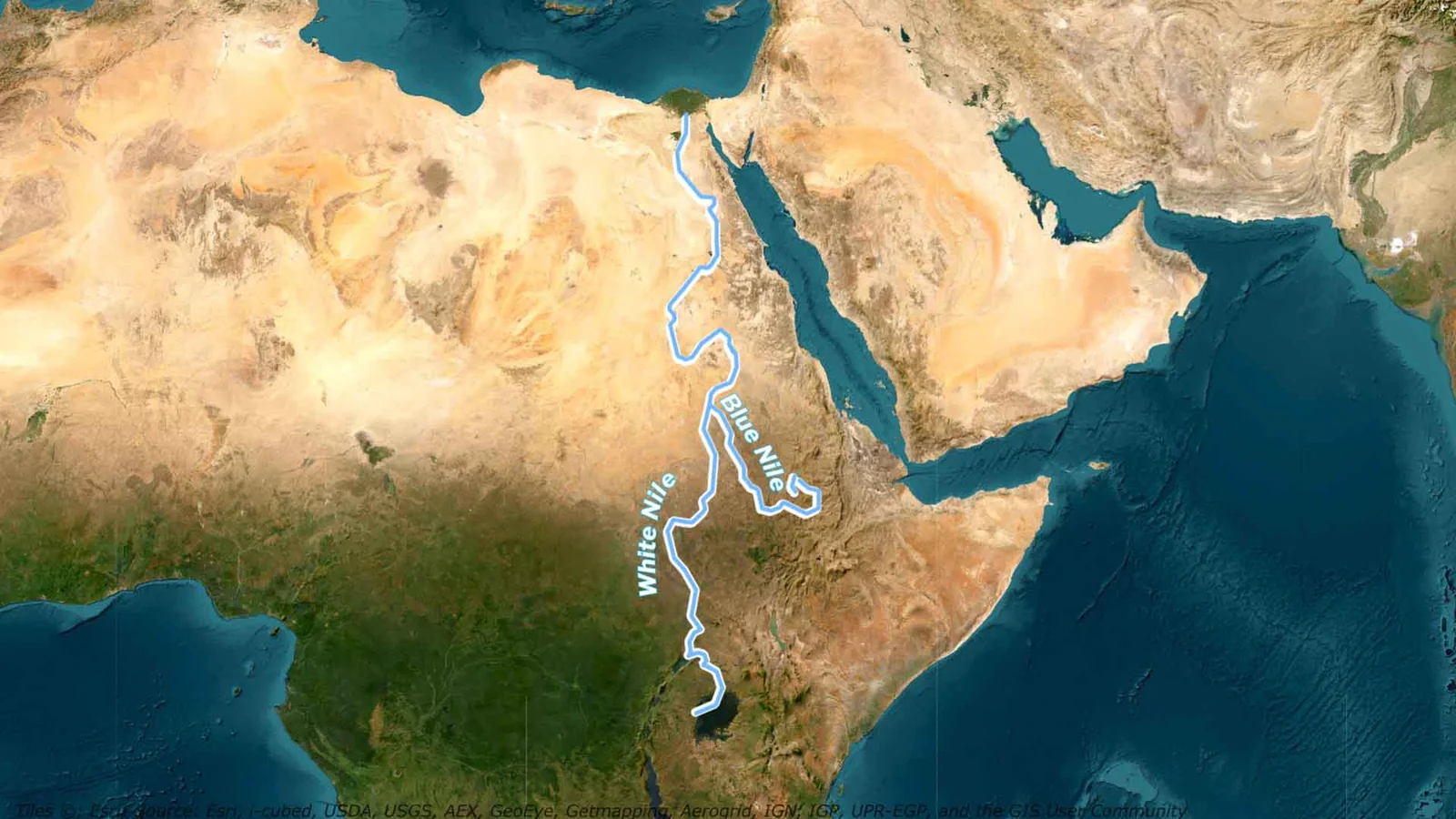When Aurangzeb died in 1707, the Mughal Empire stood at a crossroads. His sons were locked in a brutal war of succession. Foreign trading companies had quietly set up posts along the coast. And powerful regional forces—the Sikhs, Marathas, and Jats—were rising in rebellion.
In the earlier parts of this series, we explored why and how India’s political landscape began to shift. In this post, we turn our focus to when, what, and where—unfolding the timeline from Babur’s arrival in 1526 to Aurangzeb’s death in 1707.
Let’s take a quick yet vivid journey through the highs and lows of early modern Indian history, starting with the moment Vasco da Gama set foot on Indian shores.
Timeline of Indian History 1498 -1707
-
1498: Vasco Da Gama reached India in 1498 for trade in spices. He returned to Europe and made 60 times more profit than the cost incurred for the voyage. In 151,0, Portuguese governor Afonso de Albuquerque captured Goa.
-
Subsequently, in North India, Babur, the descendant of Timur, the lame-carrying genes of Genghis Khan, attacked India in 1526, He defeats the Lodis and captures Delhi and Agra.
-
1527: Babur defeated Rana Sanga in the Battle of Khanwa
-
1528: Babur defeated Medini Rai in the Battle of Chanderi and
-
1529: Babur defeated the Lodis again in the Battle of Ghagra. This consolidates the position of the Mughal Empire in India.
-
1530: Later Babur dies in 1530. After Babur, comes Humayun and then Akbar. In between, there is Sher Shah Suri, and he is a good personality to study. We will talk about him in some other video.
-
1533-1535: Meanwhile, the Portuguese captured Bassein in 1533 and Diu in 1535. Now, let us go back to North India
-
1555: Humayun falls downstairs and dies in 1555, and his 13-year-old son Akbar takes charge. Akbar defeated Hemu at the Battle of Panipat in 1556 with the help of Bairam Khan. Akbar’s style was unique. After conquering the enemy’s land, Akbar usually won their hearts and made friends with the defeated. That made him popular among Rajputs, and in return, he gave a respected position to Rajputs in the Mughal Court.
-
1562: Akbar captured Malwa in 1562 from Baz Bahadur and made him Mansabdar.
-
1564: In 1564, Akbar annexed Gondawana by defeating Rani Durgavati and her son Vir Narayan.
-
1568: In 1568, he defeated Rana Udai Singh of Chittor after a long siege of six months.
-
1568–1570: The capture of Chittor triggered a domino effect—Rajput states like Ranthambhor, Kalinjar, Bikaner, Jodhpur, and Jaisalmer surrendered to Akbar subsequently.
-
1572: Akbar shifted his capital from Agra to Fatehpur Sikri, which remained the capital until 1584.
-
1573–1576: After subduing the Rajputs, Akbar turned west and defeated Muzaffar Shah of Gujarat in 1573. He then moved eastward, annexing Bengal and Bihar in 1576.
-
1581: Akbar advanced to the northwestern frontier and, with the help of Raja Man Singh and Bhagwan Das, defeated Mirza Hakim of Kabul.
-
1584–1591: Akbar moved his capital to Lahore in 1584, which remained the capital until 1638. He captured Kabul in 1585, Kashmir in 1586, and Sindh in 1591—consolidating the empire’s northwestern frontier.
-
1591–1600: With North India unified, Akbar focused on the Deccan. Khandesh was occupied in 1591, Berar was taken in 1596 from Chand Bibi, and by 1600, parts of Ahmadnagar were in Mughal hands.
-
1600–1602: In Europe, English merchants founded the British East India Company in 1600, followed by the Dutch East India Company in 1602.
-
1605–1663: The Dutch established factories at Masulipatnam (1605), Pulicat (1610), Surat (1616), Bimilipatam (1641), Karaikal (1645), Chinsura (1653), Kasimbazar, Baranagore, Patna, Balasore, Nagapattinam (1658), and Cochin (1663).
-
1604–1605: Akbar fell ill in September 1604 and died in October 1605. He was succeeded by his son, Prince Salim, known as Jahangir.
-
1608: In the Deccan, Ahmadnagar under Malik Ambar declared independence. That same year, William Hawkins visited Jahangir’s court on behalf of the East India Company seeking factory permission, which was denied.
-
1611–1639: Thomas Roe arrived at Jahangir’s court in 1615 as King James I’s ambassador. He secured permission to establish a factory at Surat. The first English trading post had already been set up at Masulipatnam in 1611. Later, they secured Madras in 1639 and built Fort St. George.
-
1662–1690: Bombay was ceded to the British in 1662 as dowry in a Portuguese marriage treaty. Bombay Castle was built in 1668. Calcutta was secured in 1690 with the building of Fort William. These three became pivotal colonial centres.
-
1627–1636: Jahangir died in 1627 and was succeeded by Prince Khurram, known as Shah Jahan. In 1636, the Nizam Shahi kingdom of Ahmadnagar was annexed into the Mughal Empire.
-
1638: Shah Jahan annexed Kandahar, which had been won earlier by Akbar and lost during Jahangir’s reign.
-
1638: He built the city of Shahjahanabad and made it the capital of the empire. During his reign, the famous Peacock Throne was made. He also built the Taj Mahal by the Yamuna in Agra, employing 20,000 workers from India, Persia, and the Ottoman Empire.
-
1630s–1650s: Many travellers visited India during Shah Jahan’s reign—Bernier (French physician), Tavernier (French gem merchant), Mandelslo (German adventurer), Peter Mundy (English trader), and Manucci (Italian writer). They left detailed accounts of Mughal India.
-
1658: A war of succession broke out among Shah Jahan’s sons. Aurangzeb killed his brothers, including Dara Shukoh, and imprisoned Shah Jahan in Agra for life.
-
1658–1707: Aurangzeb ruled for 50 years, spending the first 25 years in the north and the next 25 in the south. His reign saw frequent rebellions. The Ahoms were defeated in 1663 but rose again in the 1680s. Campaigns against the Afghan Yusufzai and Sikhs were temporarily successful.
-
1680s–1707: His son Akbar II rebelled and found shelter with Sambhaji, son of Shivaji. Aurangzeb moved to the Deccan, annexed Bijapur in 1686, and Golconda in 1687. He killed Sambhaji in 1689, but the Maratha resistance continued under Rajaram, Rani Tarabai, and other Maratha Sardars until his death.
-
1668–1690: The French arrived in India and built factories at Surat (1668) and Masulipatnam (1669). They secured Pondicherry in 1673 and built a factory at Chandernagore in Bengal in 1690.
-
1707: This is a quick recap. Aurangzeb is now dead, his sons are fighting for the throne, and regional powers like the Sikhs, Marathas, and Jats are rebelling. Foreigners are already present on Indian shores.
-
1707 (Teaser): So what happens next? Will the later Mughals consolidate power again? Will Maratha Swarajya capture Delhi? Or will Indian powers fall before a few foreign merchants? All this will be discussed in the next episode.
So in this lesson, we will cover the Later Mughal Rulers—those who followed Aurangzeb. One thing was common among them: they were all puppet rulers.


